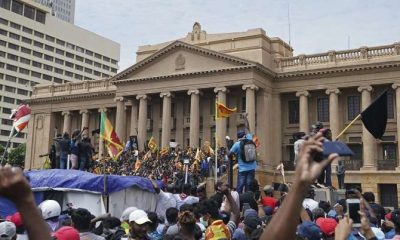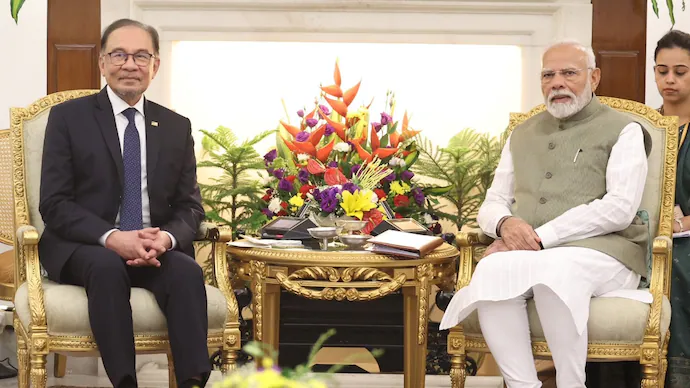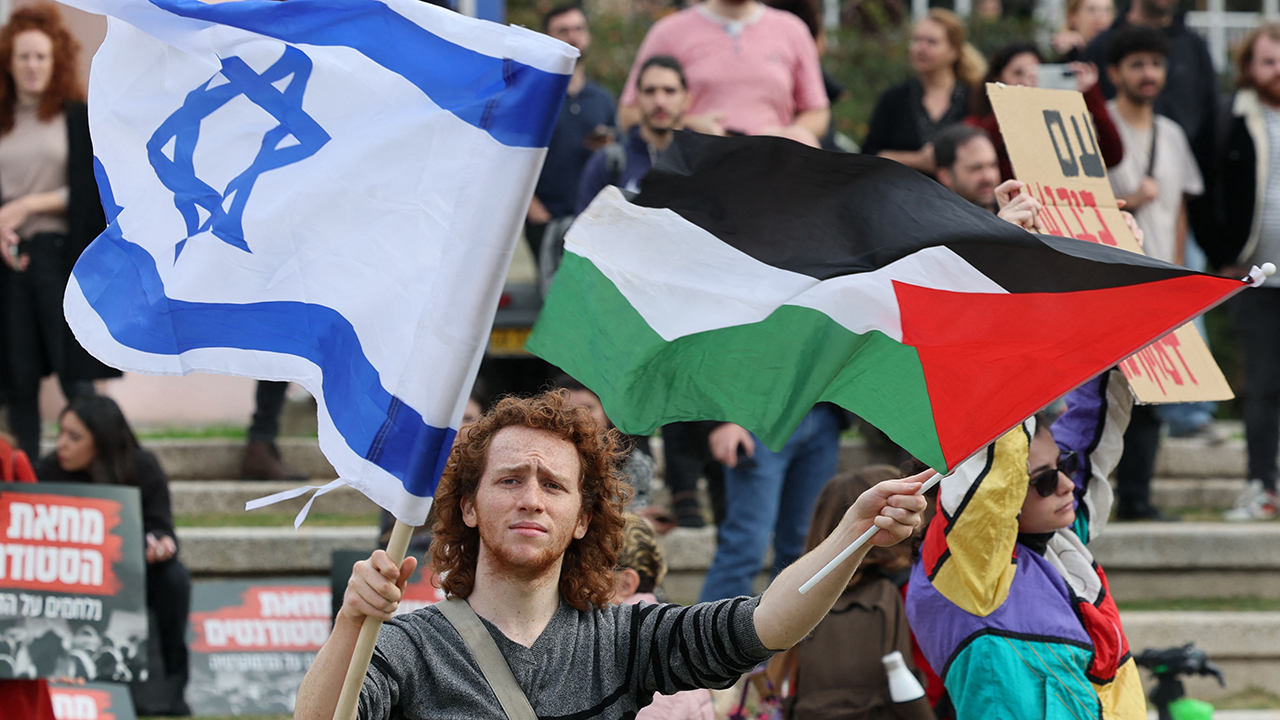Tanvi Kapila, Mumbai Uncensored, 14th July 2022:
President Gotabaya Rajapaksa flees off to the Maldives with his wife, Ioma Rajapksa on Wednesday on a military private jet. However, it is confirmed that the Sri Lankan President is actually heading to Singapore after spending a day in Male, it was just a transiting point according to the sources, and has boarded a Saudi Airlines.
Moreover, Gotabaya appointed Prime Minister Ranil Wickremesinghe to serve as President in his absence. The protestors gathered on the streets as well President’s residence in Colombo, the capital city of Sri Lanka. Additionally, the demonstrators took over the PM’s office.
Furthermore, the police also fired at the mob and cannons to rest the apprehensive crowd. Many were injured as well. They have become more restless as they came to know about PM turning into the acting President and demanding Ranil to quit and leave as well. Rajapaksa was expected to hand in his resignation on Wednesday but has now escaped.
When protesters broke into the prime minister’s private home and the president’s official residence on Saturday, months of demonstrations in Sri Lanka reached their peak.
The imposed curfew began at 12 noon on 14 July and will end at 5 A.M. on Friday, 15 July 2022. According to NewsWire, the Sri Lankan Army stated that on Thursday, July 14 that the use of “necessary force” to “defend people, public property, and the country” had been authorized.
Why the protest?
Off the coast of southern India, on an island, is Sri Lanka. In 1948, it achieved freedom from British sovereignty. The nation’s 22 million people are divided into three ethnic groups: Muslims, Sinhalese, and Tamils. After years of a brutal and bloody civil conflict, Mahinda Rajapaksa’s administration overcame Tamil separatist insurgents in 2009, making him a hero among the majority Sinhalese. At the time, his brother Gotabaya served as the defense secretary who is now the country’s President.
The country was known for its tourism. However, the pandemic ruined Sri Lanka’s tourism sector and hence the foreign currency which is required in the procurement of importing fuel and medicine by the country for various purposes. This is now aggravating the problems which are caused by the government’s mismanagement resultant of which was the collapse of the currency.
The prices for basic amenities have shot up like food and pharmaceutical. Power failures have also become a regular thing for the citizens. Public transportations have also been frequently suspended because of the shortage of fuel supplies so that the residual amount can be prevented in the country. Although, it is true that Sri Lanka used to be one of the countries with the highest median incomes in South Asia this has all turned upside down the economy and fate of Sri Lankans just because of the poorly taken political decisions and mismanagement in terms of financial matters.
Well, the situation has been building upon for years now, it is not something that happened overnight.
Now, peaceful protests have been ongoing since March but the issue escalated, and frustrated by the situation, demonstrators entered the residence of the President, swimming in his private pool. They also broke into the PM’s office and also infiltrated the state broadcaster Sri Lanka Rupavahini’s premises.
Therefore, due to this a state of emergency was declared by the acting President Wickremesinghe, which was later canceled and replaced by a night curfew.





 Special Editions3 months ago
Special Editions3 months ago


 Special Editions3 months ago
Special Editions3 months ago


 Special Editions3 months ago
Special Editions3 months ago


 Health2 weeks ago
Health2 weeks ago


 Special Editions4 weeks ago
Special Editions4 weeks ago





